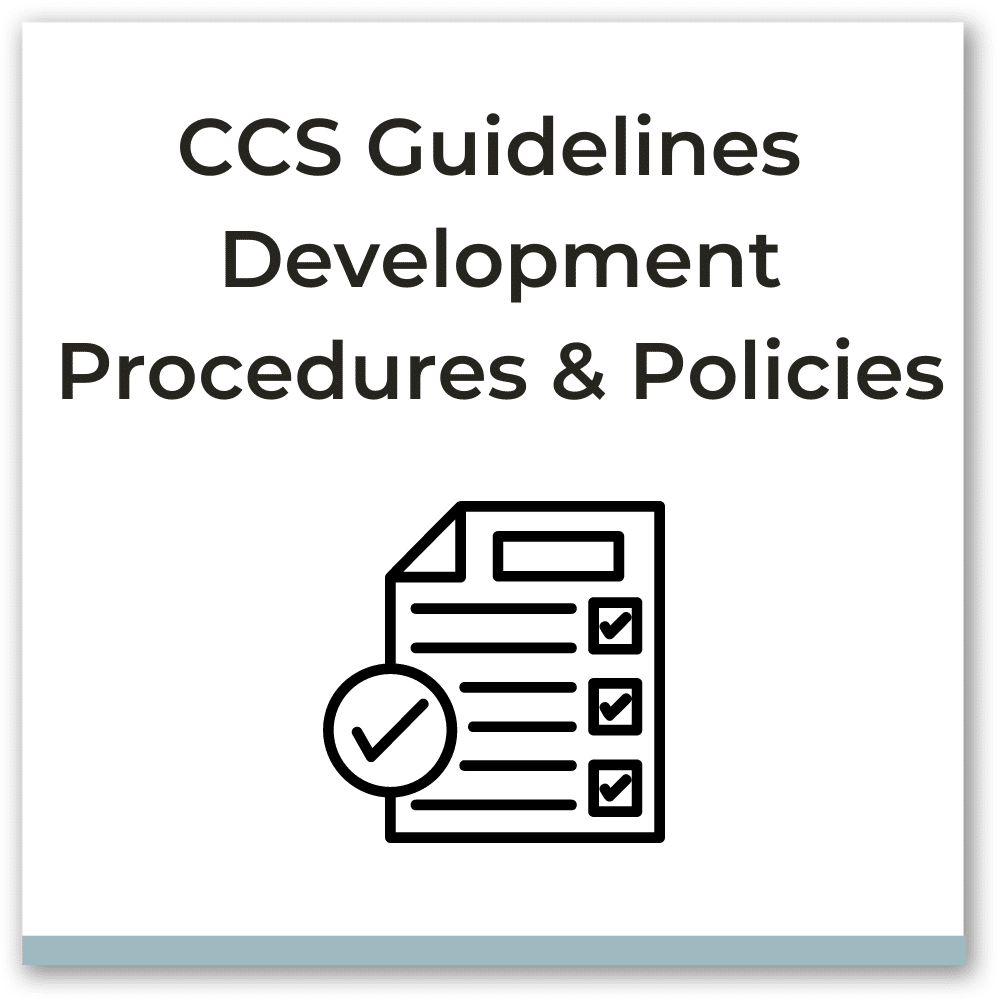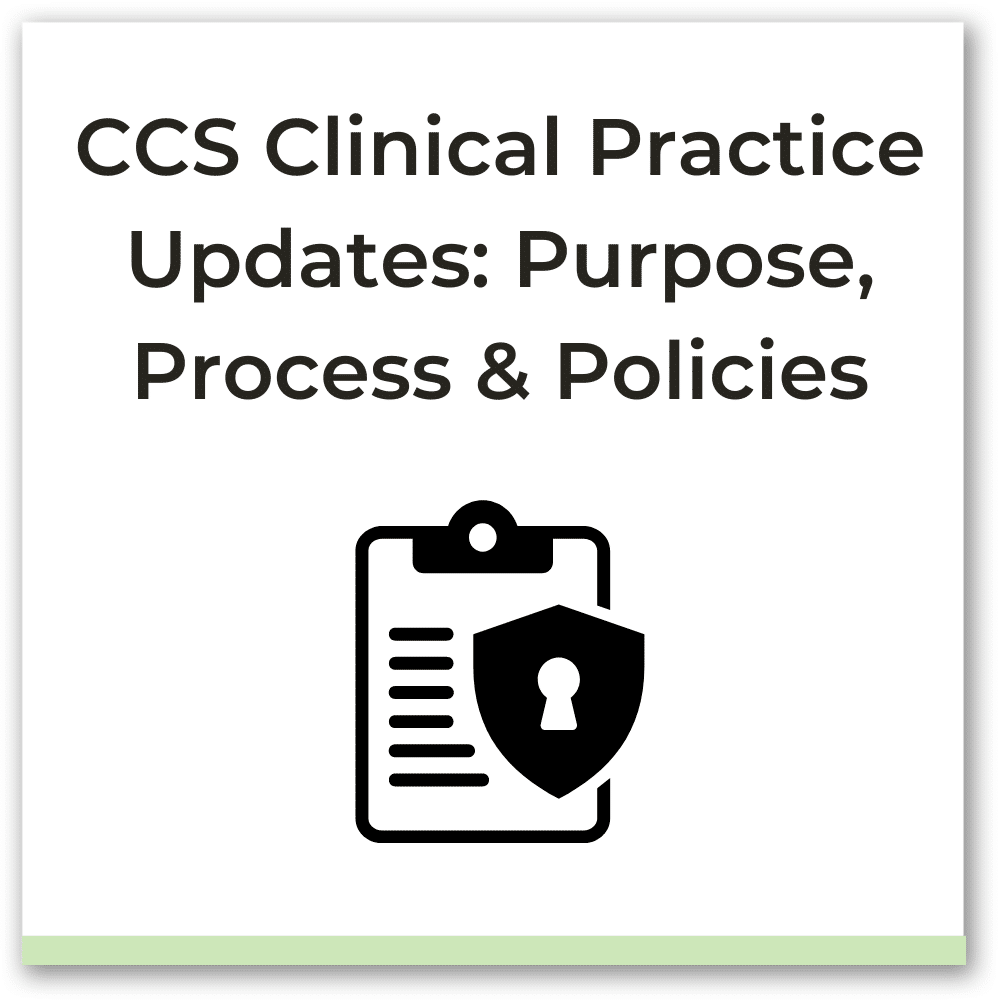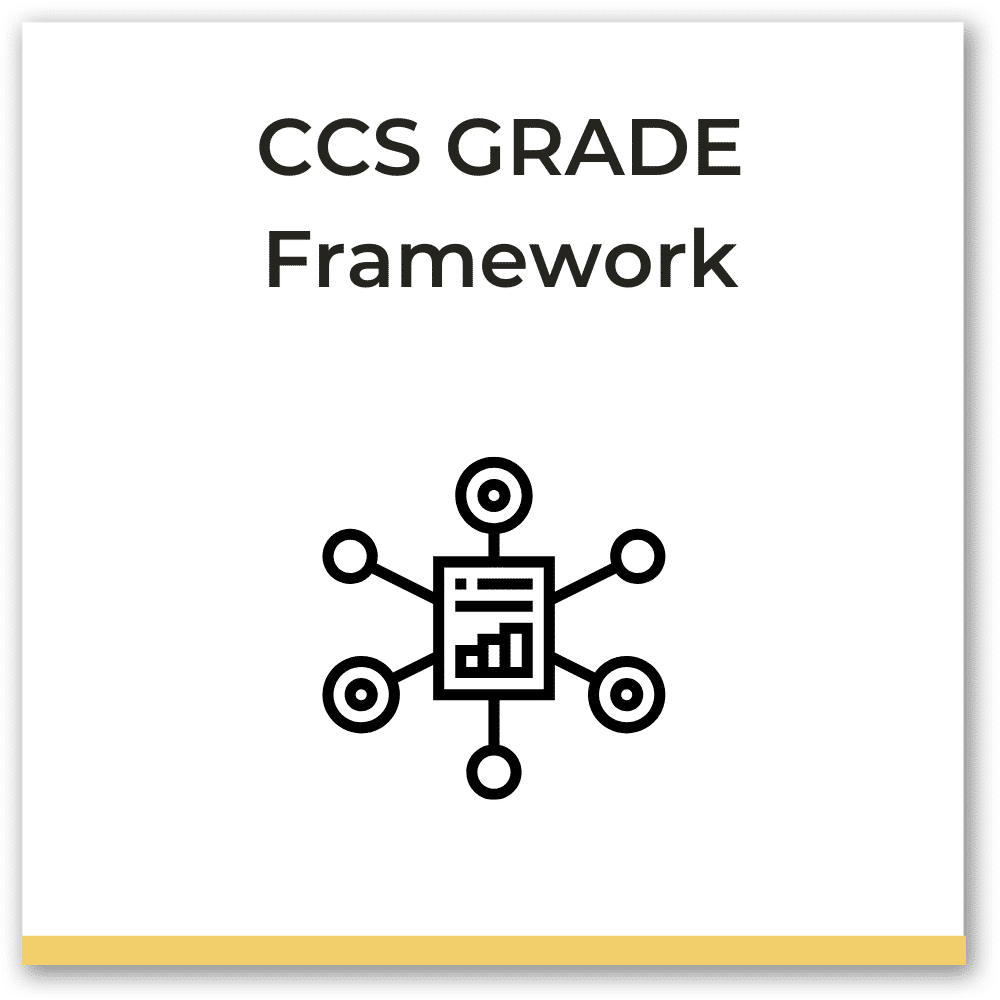Guideline Development
CCS Guideline Development Process
CCS is committed to developing statements that are high quality and transparent. In addition to the CCS specific procedures and policies, CCS has adopted the GRADE Scale for rating the strength of recommendations and the quality of evidence.
Development Resources
The following documents describe the policies and procedures for development of guidelines and clinical practice updates.

Addresses all policies and procedures related to the CCS guideline development process including topic selection, panel selection, evidence review, defining and achieving consensus, statement format, approval process, CCC presentation and CJC publication.

Outlines the policies and procedures that guide CCS and its affiliates in the development of Clinical Practice Updates (CPUs), including the processes of topic selection, co-chair selection, panel formation, format, review, approval, and submission to the CJC.

As of January 2010, the CCS has used the GRADE system of evidence assessment for all guidelines and position statements. In June 2015, CCS developed a GRADE Framework to provide an overview of the systematic review of evidence and the application of GRADE when developing recommendations.
Guidelines and Clinical Practice Updates in Development
| Guidelines and Statements Title | Co-Chairs | Expected Completion (Calendar Year) |
|---|---|---|
| CCS Clinical Practice Update on Smoking Cessation and the Cardiovascular Specialist | H. Mir M. Eisenberg | 2024 |
| CCS Clinical Practice Update on the Clinical Implementation of Cardiogenetic Testing | Z. Laksman M. Care | 2024 |
| CCS Clinical Practice Update on Transcatheter Mitral and Tricuspid Valve Repair for Valvular Regurgitation: Patient Evaluation and Indications for Treatment | A.W. Asgar G. Cohen | 2024 |
| CCS-CHFS Heart Failure with Non-reduced Ejection Fraction | S. Virani S. Zieroth | 2024 |
| CCS-CHRS Cardiac Implantable Electronic Device Therapy Guideline | J. Joza J. Andrade | 2024 |
| CCS-CAIC-CANCARE Clinical Practice Update on Optimal Care of the Post-cardiac Arrest Patient | S. Van Diepen M. LeMay | 2024 |
| CCS Guidelines on Presentation, Diagnosis, and Medical Update of the Management of Heart Failure in Children | A. Jeewa J. Conway | 2024 |
| CCS Clinical Practice Update on the Contemporary Management of the Patient with Hypertrophic Cardiomyopathy | A. Crean R. Tadros | 2024 |
| CCS/Canadian Women’s Heart Health Alliance (CWHHA) Clinical Practice Update on Myocardial Infarction with No Obstructive Coronary Artery Disease (MINOCA) | C. Pacheco T. Coutinho | 2024 |
